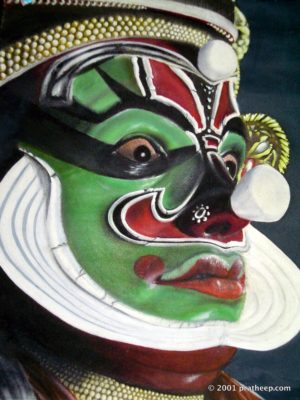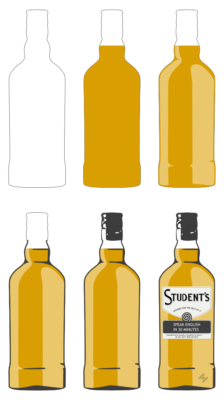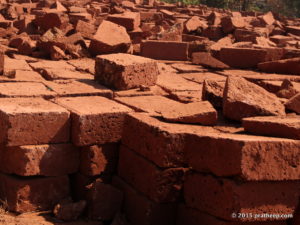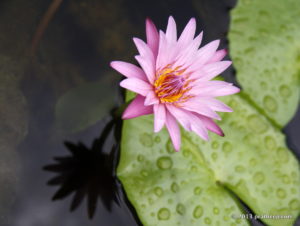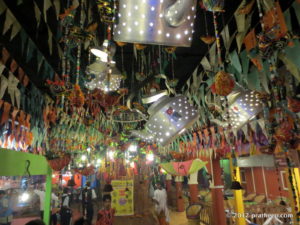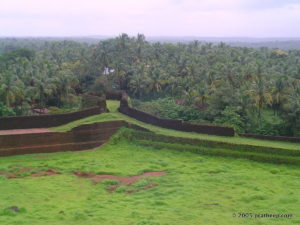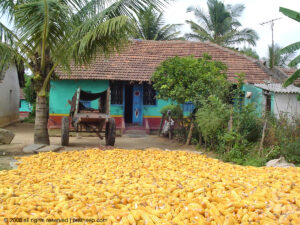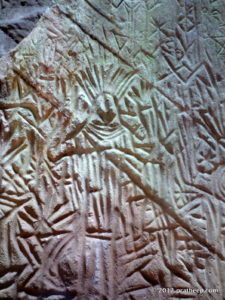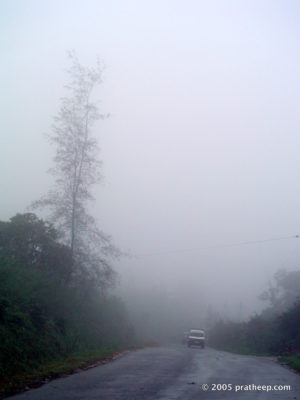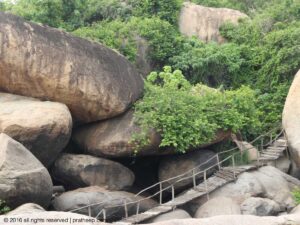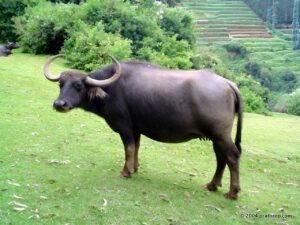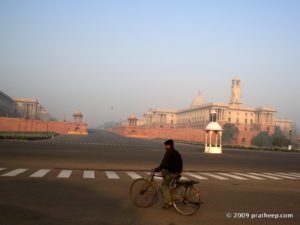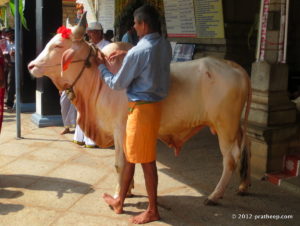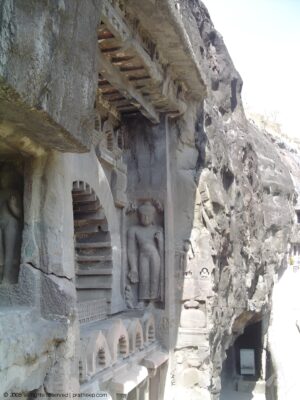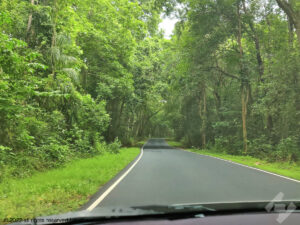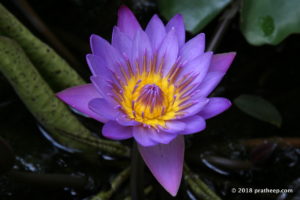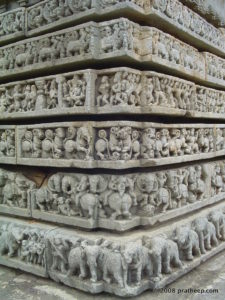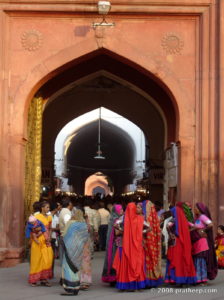Laterite!
The majority of the land area containing laterite is between the tropics of Cancer and Capricorn.
Recently we went to Kannur on an extended weekend. It was quite interesting to see how this locally abundant material - laterite - made it into the character of this place.
Everything from forts to homes to temples to roads to memorials are made of laterite. I could even see dustbins made of laterite blocks that merges (rather camouflages!) well with the architecture of the St. Angelo Fort.
The freshly cut laterite blocks looks reddish with a collage of white, orange and yellow streaks. It's relatively soft to work in comparison to other types of rocks.That is probably due to the high moisture and chalk content within the freshly quarried laterite blocks.
On the other hand the seasoned ones has a wrought iron like feel to it. That rusty texture is not without any reason. Laterite is rich in iron oxides. The exposure to atmosphere over the years slowly erode the softer chalky part and dries up the moisture. At the same time the oxidation makes the rest of it harder too. The coffee colored laterite blocks on older masonry works now look porous at the same time hard and rugged. Who says nothing improves with age!?
One can make a guess on the antiquity of a building by looking at the color of the laterite masonry. A 100 ( or even 500 ) years old laterite masonry looks a lot darker than brownish relatively newer constructions.
I could see old homes - many two storied and even three stored ones - made out of laterite masonry. According to some accounts using laterite in masonry was first practiced in India. If that is the case it should be somewhere in the north Malabar coast!
In any case the word Laterite was first coined in 1807 in India by a Scotist surgeon known as Francis Buchanan-Hamilton. He was doing an economical survey of the region for the British East India Company.
A first look at the freshly cut laterite brick gives an impression that it will just melt away in the next monsoon. But not true. You can even see the laterite cliffs and outgrowths on the on the sea fronts in Kannur.
The only thing I did not felt enthusiastic about the whole laterite thing was those intimidating trucks operating from the quarries! The 'Tipper lorries', as they are fearfully called in this state, were constantly blaring their horn to scare us away from the road. Many times they succeed. That was quite a thing to deal with on the narrow roads zigzags thru the hilly areas of north malabar.
Some photographs of laterite structures from Kerala & Konkan coast.

Laterite Blocks
| Laterite Blocks
Freshly quarried and dressed laterite blocks in Goa
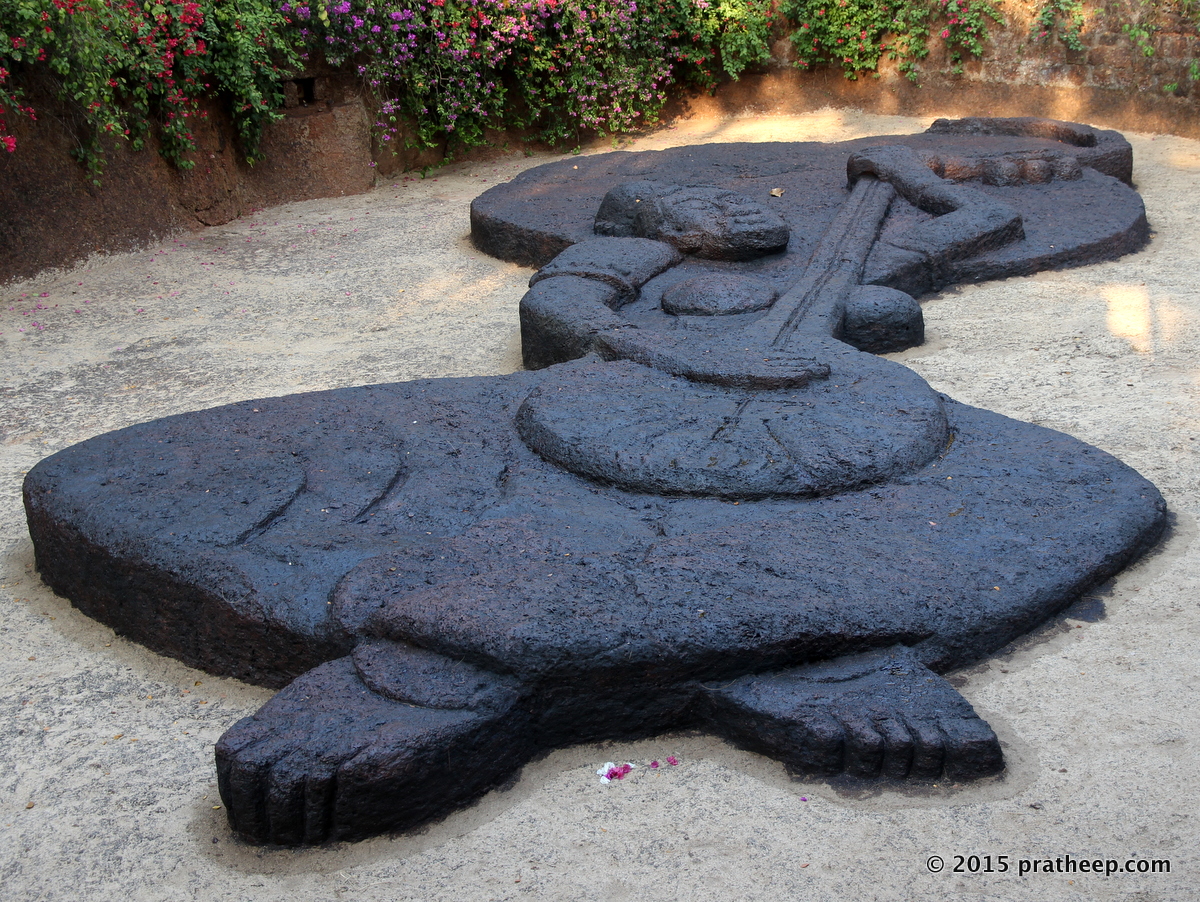
Meera
| Meera
This laterite sculpture of Hindu saint Meera, is said to be the largest of its kind in India. Located inside Ancestral Goa Museum in Loutolim, South Goa.
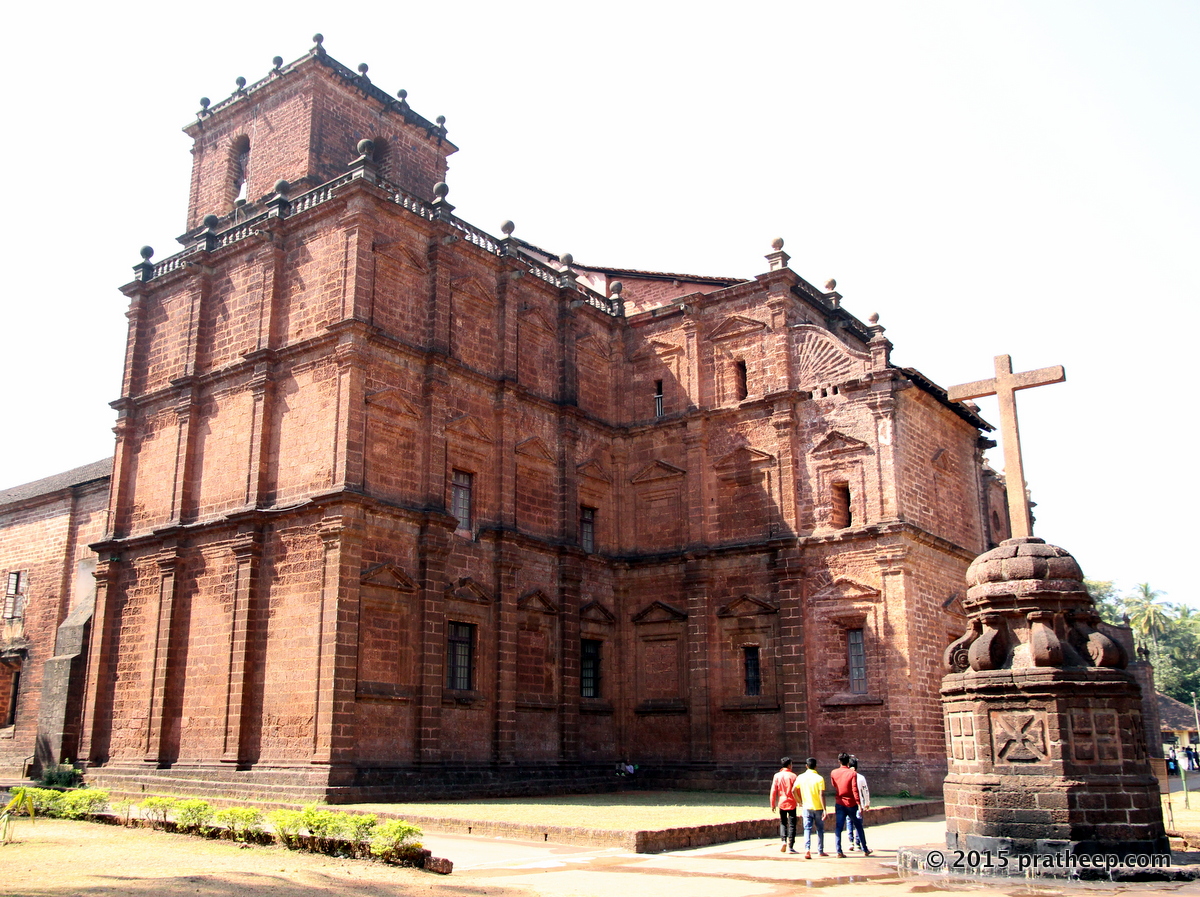
The Basilica of Bom Jesus or Borea Jezuchi Bajilika ( in Portuguese, Basílica do Bom Jesus)
| The Basilica of Bom Jesus
This laterite built church in Goa is a UNESCO World Heritage Site.The basilica holds the mortal remains of St. Francis Xavier. The church is located in Old Goa, which was the capital of Goa in the early days of Portuguese rules.
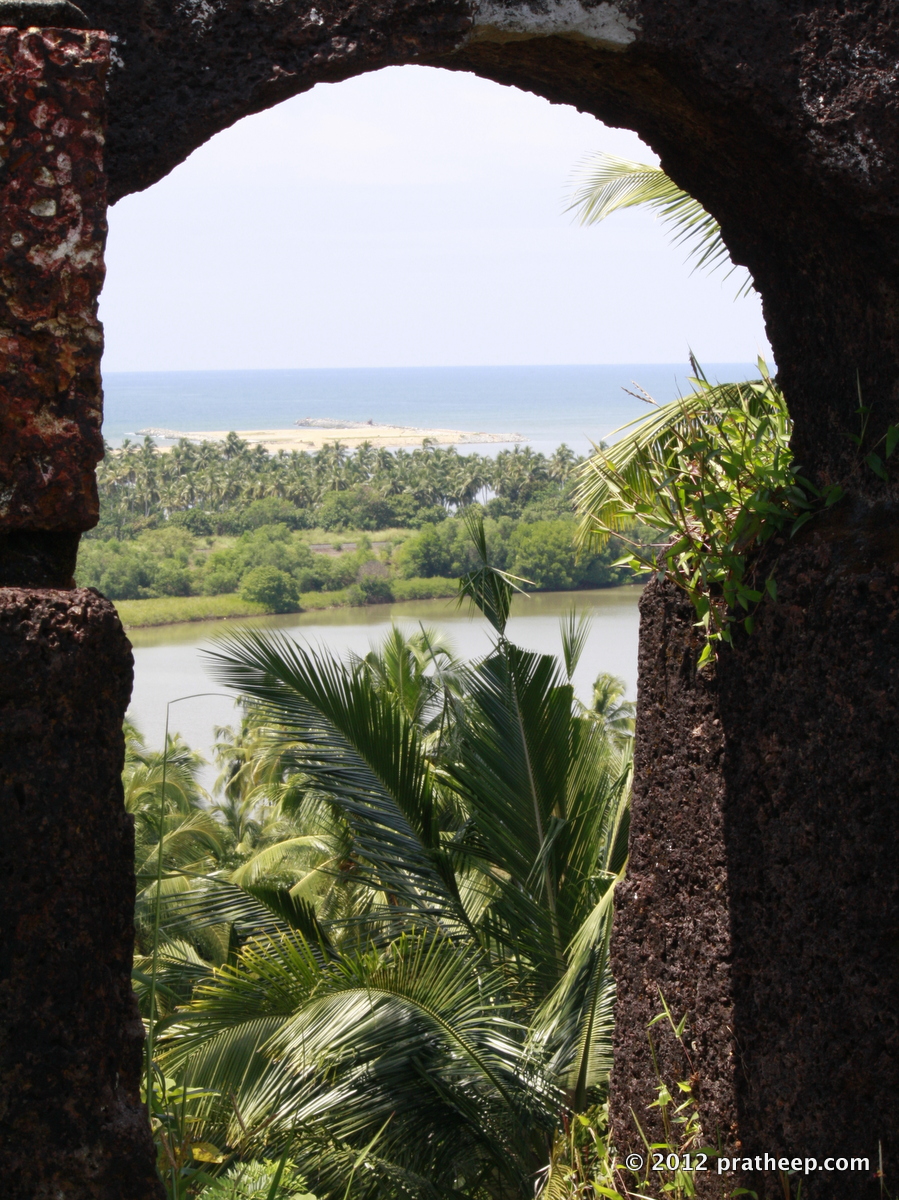
Arch carved out of in situ laterite hill, atop the Chandragiri Fort
| Chandragiri Fort Arch
Arch carved out of in situ laterite hill, atop the Chandragiri Fort
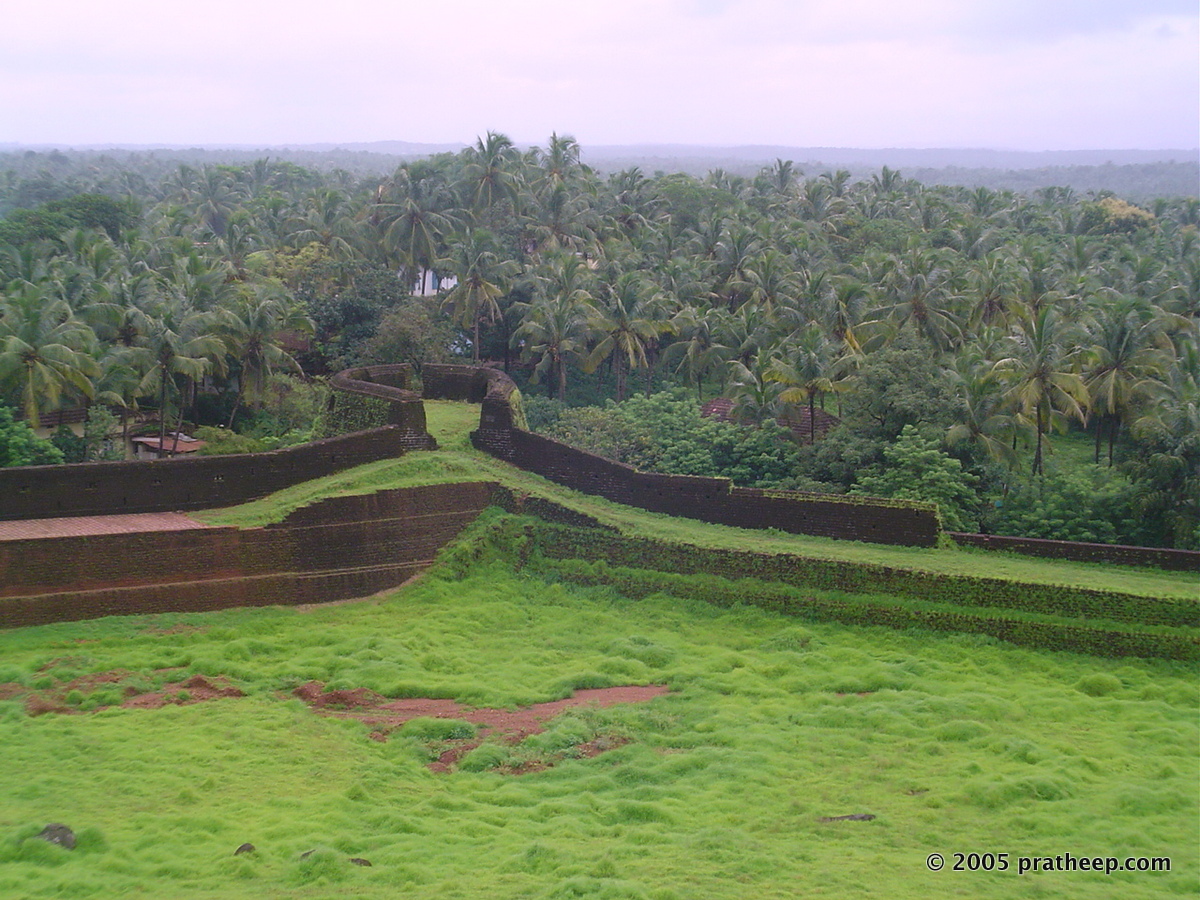
If you've watched the Mani Ratnam movie 'Bombay' movie , this photograph should ring a bell. The song 'Uyire Uyire..' / 'Tu Hi Re..' was shot on these bastions.
| Bekal Fort
The salty atmosphere or the ever lapping salty seawater could do no damage to this sea projecting fortification. That speaks of the endurance of laterite as a building material

Window @ Basilica of Bom Jesus , Goa
| Basilica of Bom Jesus Window
Laterite build widow of the church.
GALLERY
Laterite Blocks

Laterite Blocks
Freshly quarried and dressed laterite blocks in Goa
Meera

Meera
This laterite sculpture of Hindu saint Meera, is said to be the largest of its kind in India. Located inside Ancestral Goa Museum in Loutolim, South Goa.
The Basilica of Bom Jesus or Borea Jezuchi Bajilika ( in Portuguese, Basílica do Bom Jesus)

The Basilica of Bom Jesus
This laterite built church in Goa is a UNESCO World Heritage Site.The basilica holds the mortal remains of St. Francis Xavier. The church is located in Old Goa, which was the capital of Goa in the early days of Portuguese rules.
Arch carved out of in situ laterite hill, atop the Chandragiri Fort

Chandragiri Fort Arch
Arch carved out of in situ laterite hill, atop the Chandragiri Fort
If you've watched the Mani Ratnam movie 'Bombay' movie , this photograph should ring a bell. The song 'Uyire Uyire..' / 'Tu Hi Re..' was shot on these bastions.

Bekal Fort
The salty atmosphere or the ever lapping salty seawater could do no damage to this sea projecting fortification. That speaks of the endurance of laterite as a building material
Window @ Basilica of Bom Jesus , Goa

Basilica of Bom Jesus Window
Laterite build widow of the church.




